CAS Number 483-18-1 ChemSpider 9802 Molar mass 480.639 g/mol | PubChem CID 10219 UNII X8D5EPO80M | |
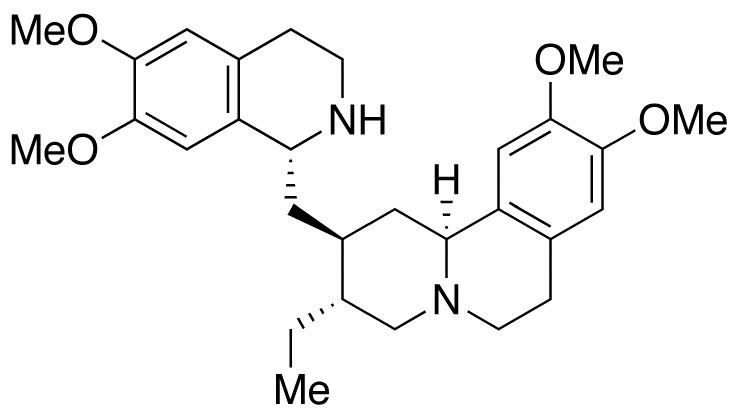 | ||
AHFS/Drugs.com International Drug Names ATC code P01AX02 (WHO) QP51AX02 (WHO) | ||
Emetine is a drug used as both an anti-protozoal and to induce vomiting. It is produced from the ipecac root. It takes its name from its emetic properties.
Contents
- Early emetine based preparations
- Use as anti amoebic
- Dehydroemetine
- Cephaeline
- Use in blocking protein synthesis
- Biosynthesis
- Side effects
- References

Early emetine-based preparations

Early use of emetine was in the form of oral administration of the extract of ipecac root, or ipecacuanha. This extract was originally thought to contain only one alkaloid, emetine, but was found to contain several, including cephaeline, psychotrine and others. Although this therapy was reportedly successful, the extract caused vomiting in many patients which reduced its utility. In some cases, it was given with opioids to reduce nausea. Other suggestions to reduce nausea involved coating the drug to allow it to be released after digestion in the stomach.
Use as anti-amoebic
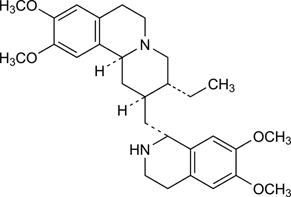
The identification of emetine as a more potent agent improved the treatment of amoebiasis. While use of emetine still caused nausea, it was more effective than the crude extract of ipecac root. Additionally, emetine could be administered hypodermically which still produced nausea, but not to the degree experienced in oral administration.
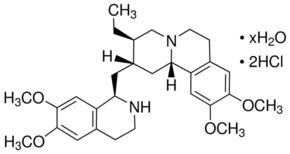
Although it is a potent antiprotozoal, the drug also can interfere with muscle contractions, leading to cardiac failure in some cases. Because of this, in some uses it is required to be administered in a hospital so that adverse events can be addressed.
Dehydroemetine
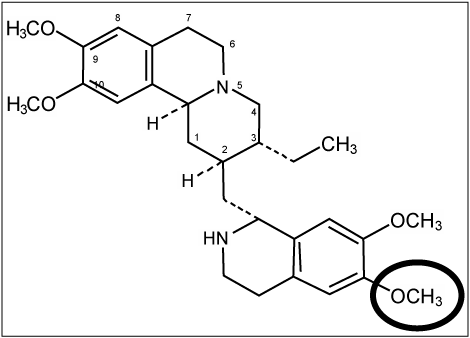
Dehydroemetine is a synthetically produced antiprotozoal agent similar to emetine in its anti-amoebic properties and structure (they differ only in a double bond next to the ethyl group), but it produces fewer side effects.
Cephaeline
Cephaeline is a desmethyl analog of emetine also found in ipecac root.
Use in blocking protein synthesis
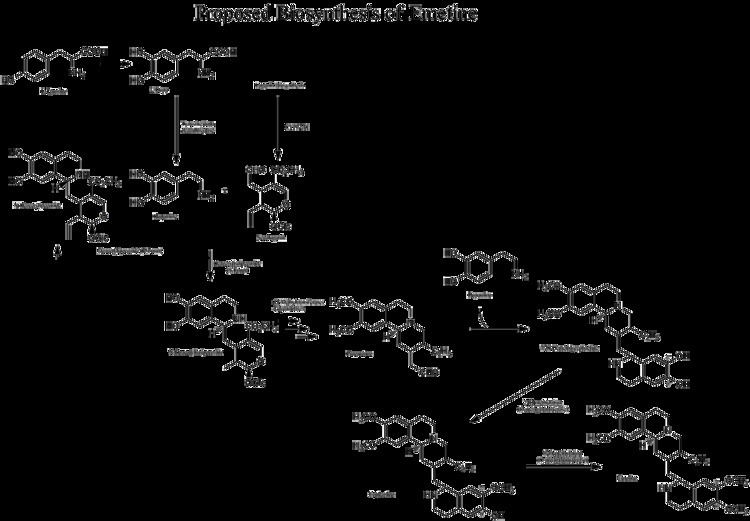
Emetine dihydrochloro hydrate is used in the laboratory to block protein synthesis in eukaryotic cells. It does this by binding to the 40S subunit of the ribosome. This can thus be used in the study of protein degradation in cells. Mutants resistant to emetine are altered in the 40S ribosomal subunit (S14 protein), and they exhibit cross-resistance to cryptopleurine, tylocrebrine, cephaeline and tubulosine, but not other inhibitors of protein synthesis. The compounds to which these mutants exhibit cross-resistance have been shown to share common structural determinants with emetine that are responsible for their biological activities.
Biosynthesis
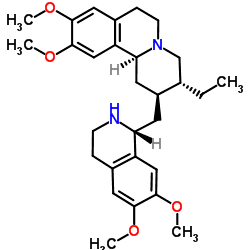
The biosynthesis of cephaeline and emetine come from two main biosynthesis pathways: the biosynthesis of Dopamine from L-tyrosine and the biosynthesis of secologanin from geranyl diphosphate. Biosynthesis begins from the reaction between dopamine and secologanin forming N-deacetylisoipecoside (S-form) and N-deacetylipecoside (R-form). The S-form then goes through a Pictet-Spengler type reaction followed by a series of O-methylations and the removal of glucose, with O-methyltransferases and a glycosidase, to form proemetine. Proemetine then reacts with another dopamine molecule to form 7'-O-demethylcephaeline. The final products are then produced with a 7'-O-methylation to make cephaeline and a 6'-O-methylation successively to make emetine.
Side effects
Heavy or overusage of emetine can carry the risk of developing proximal myopathy and/or cardiomyopathy.
